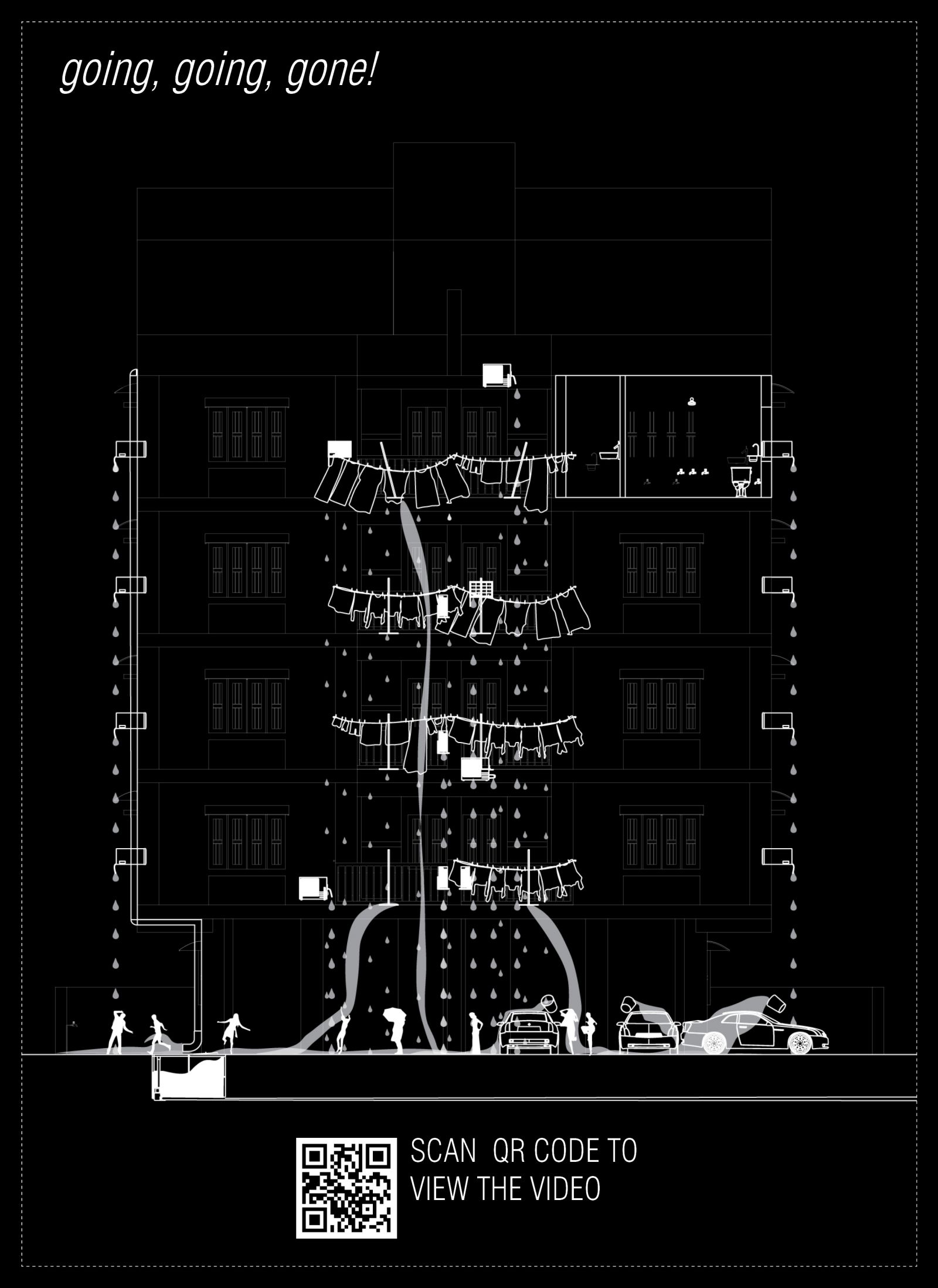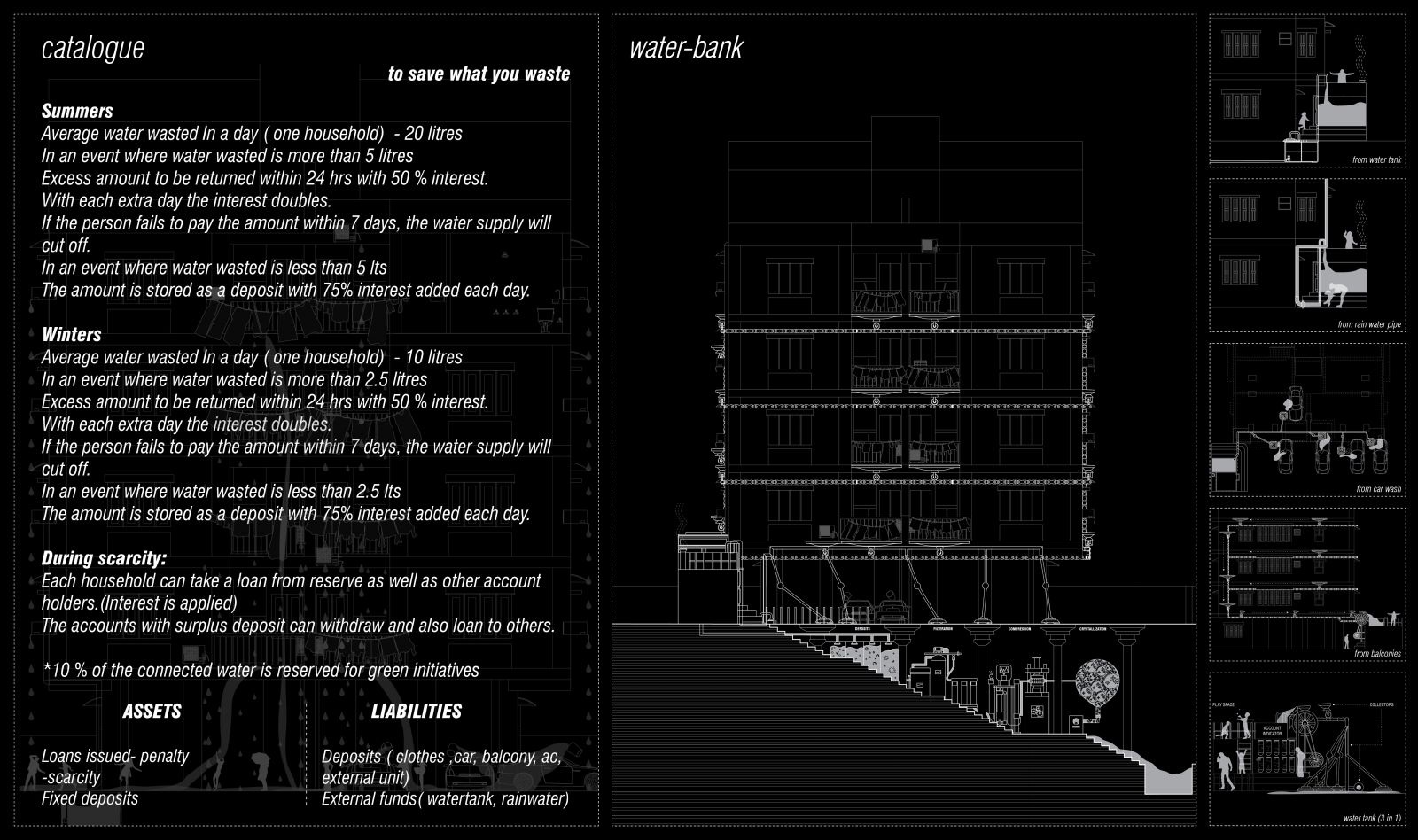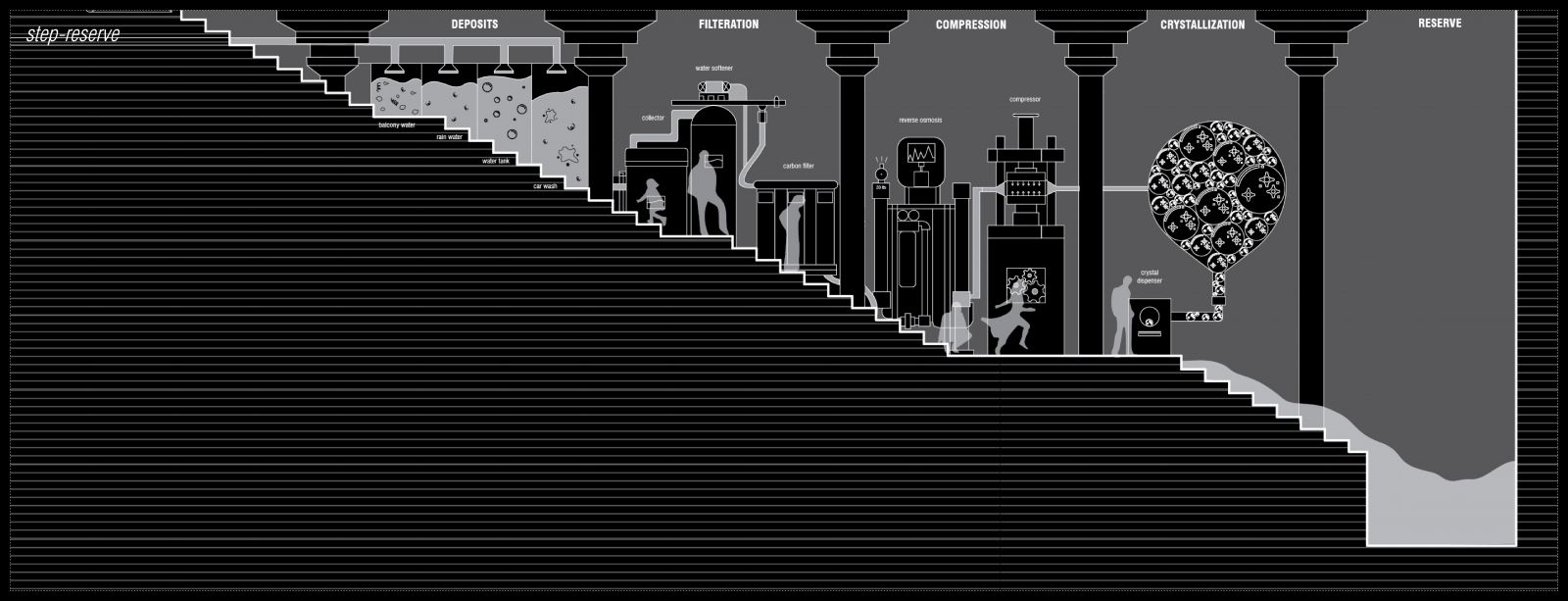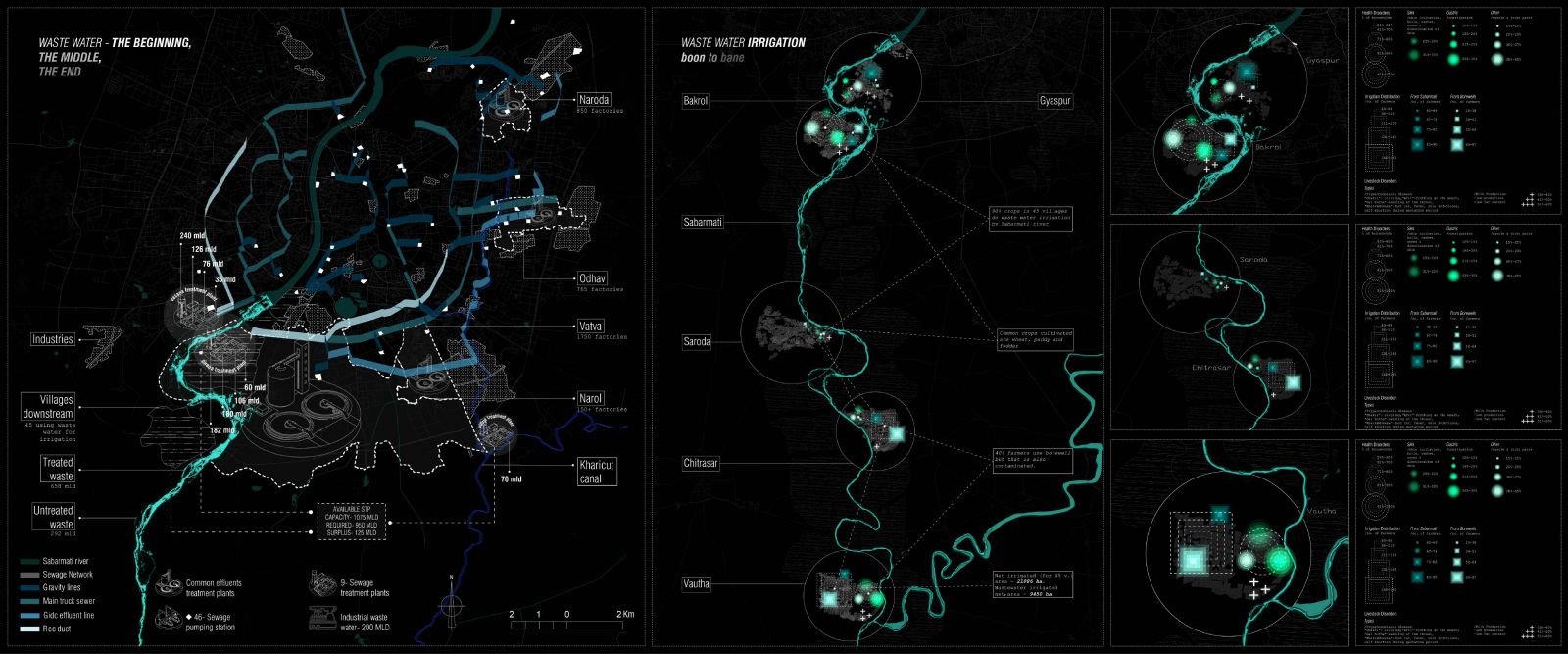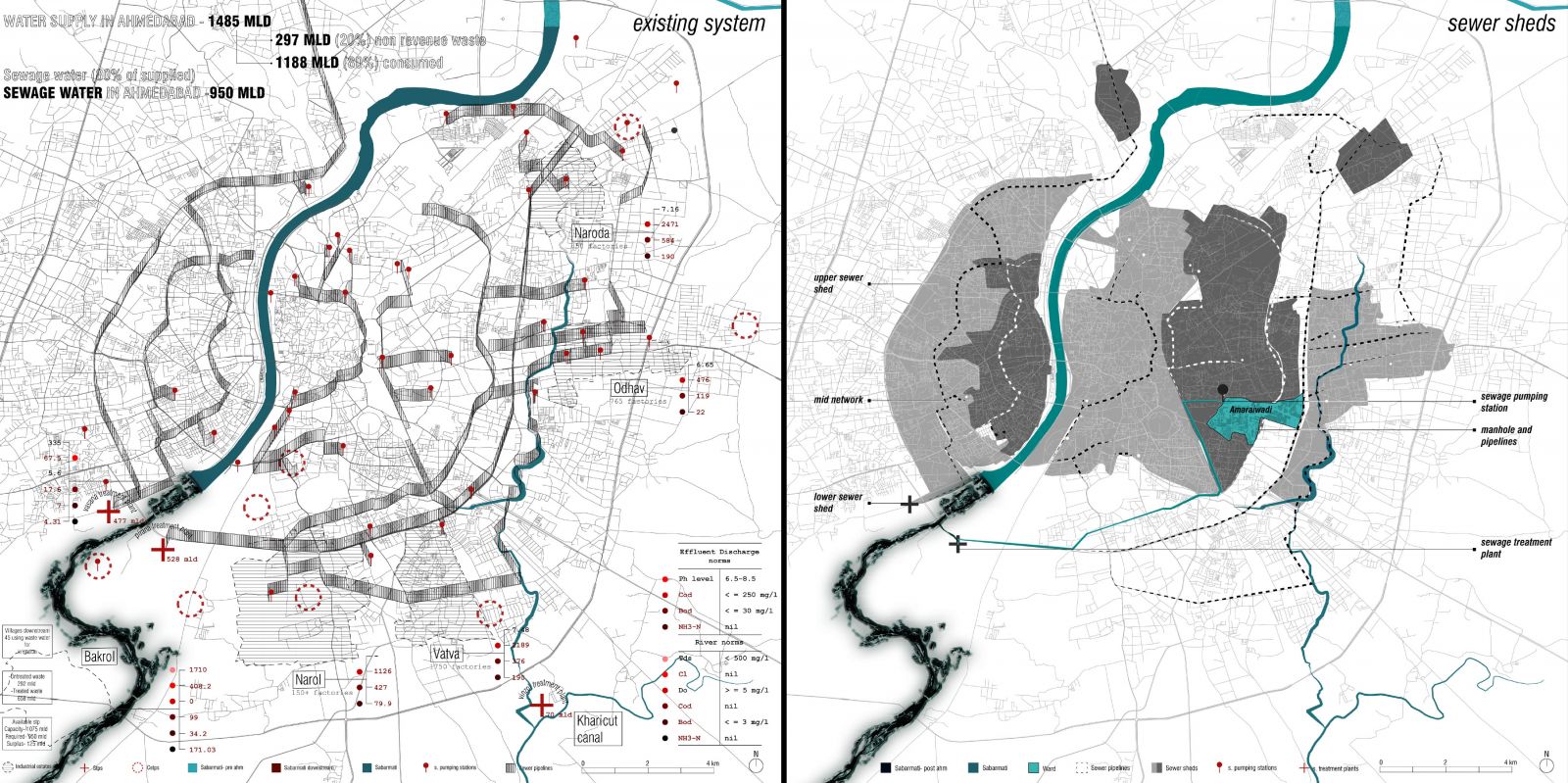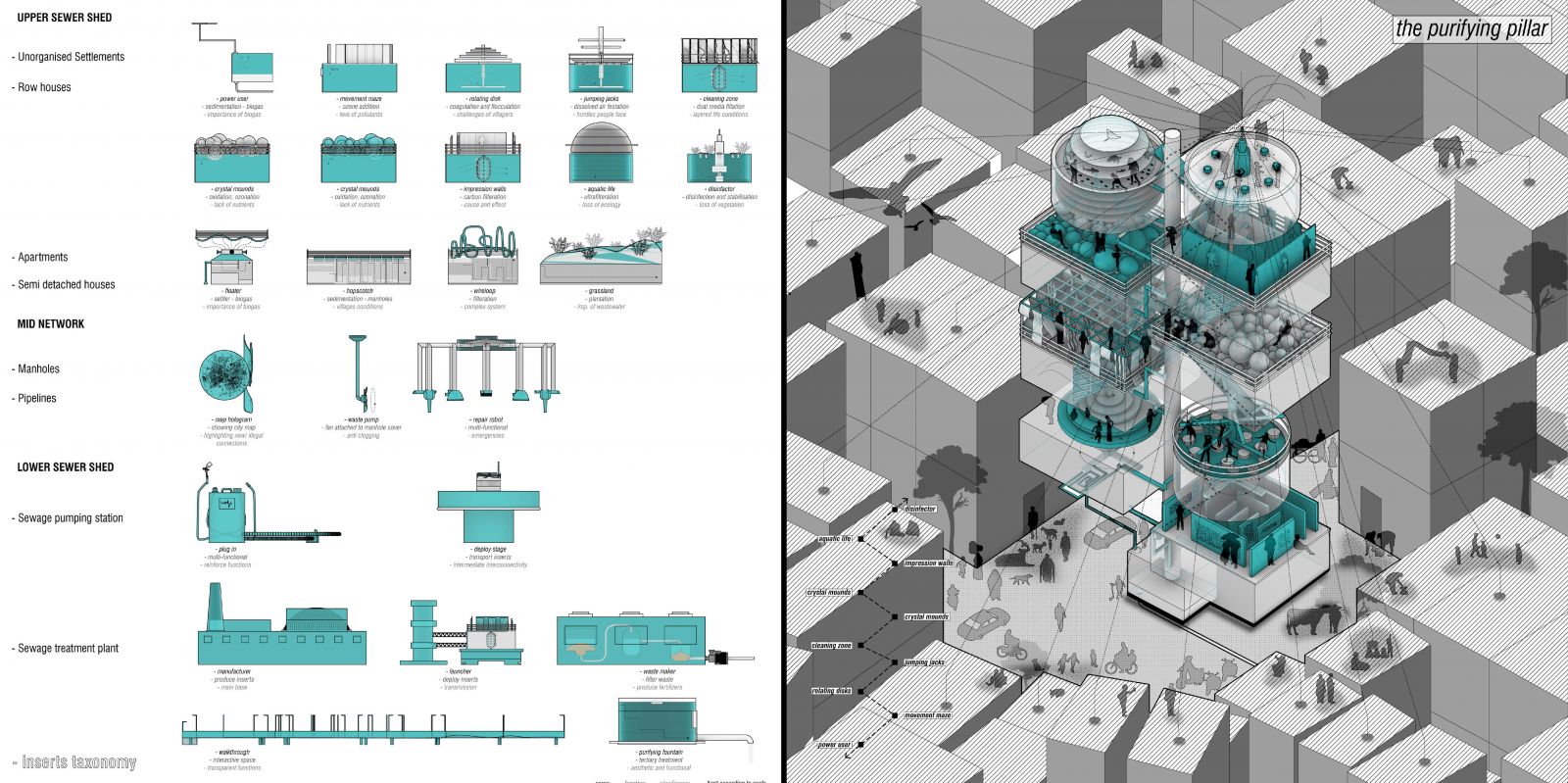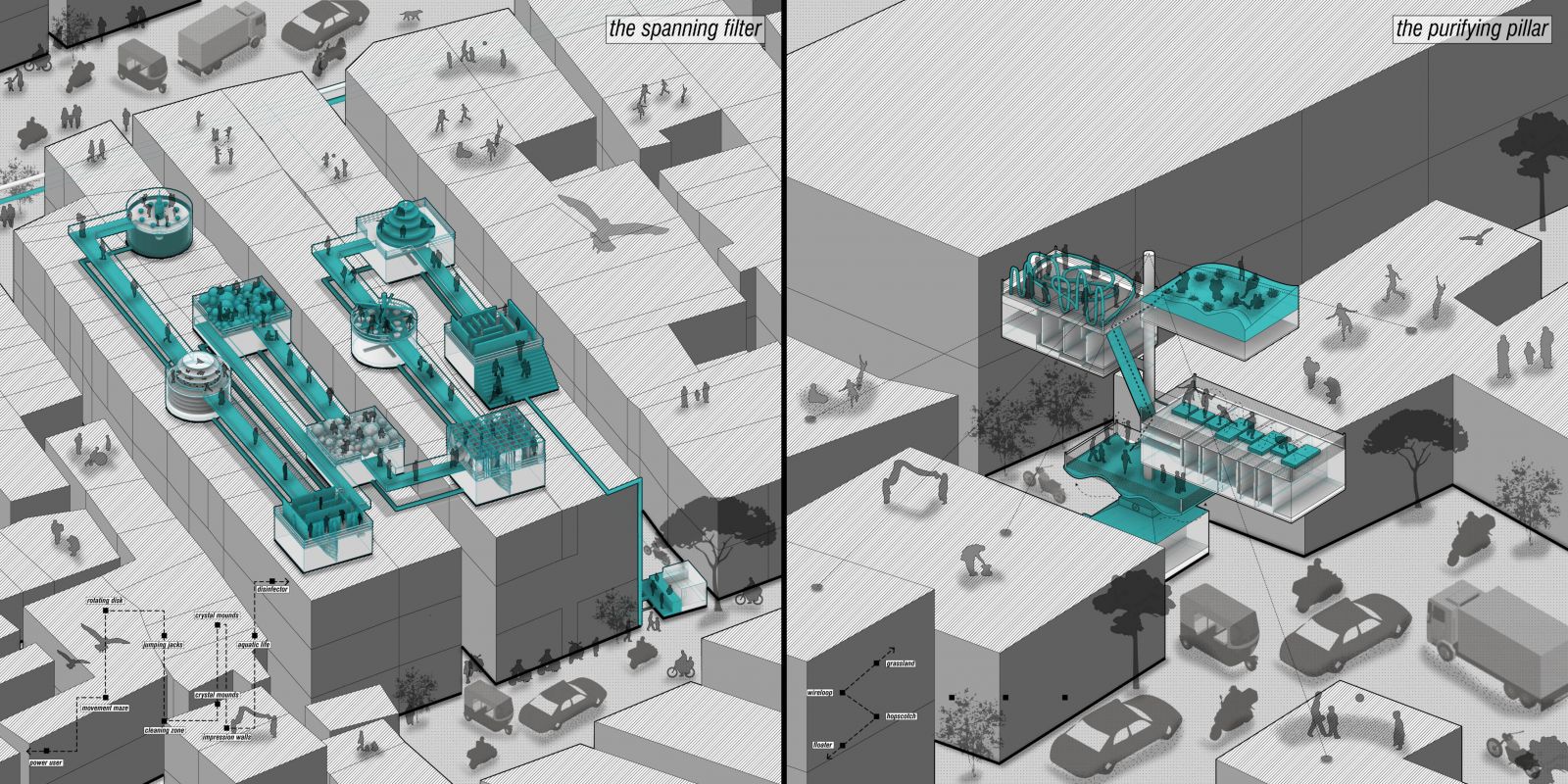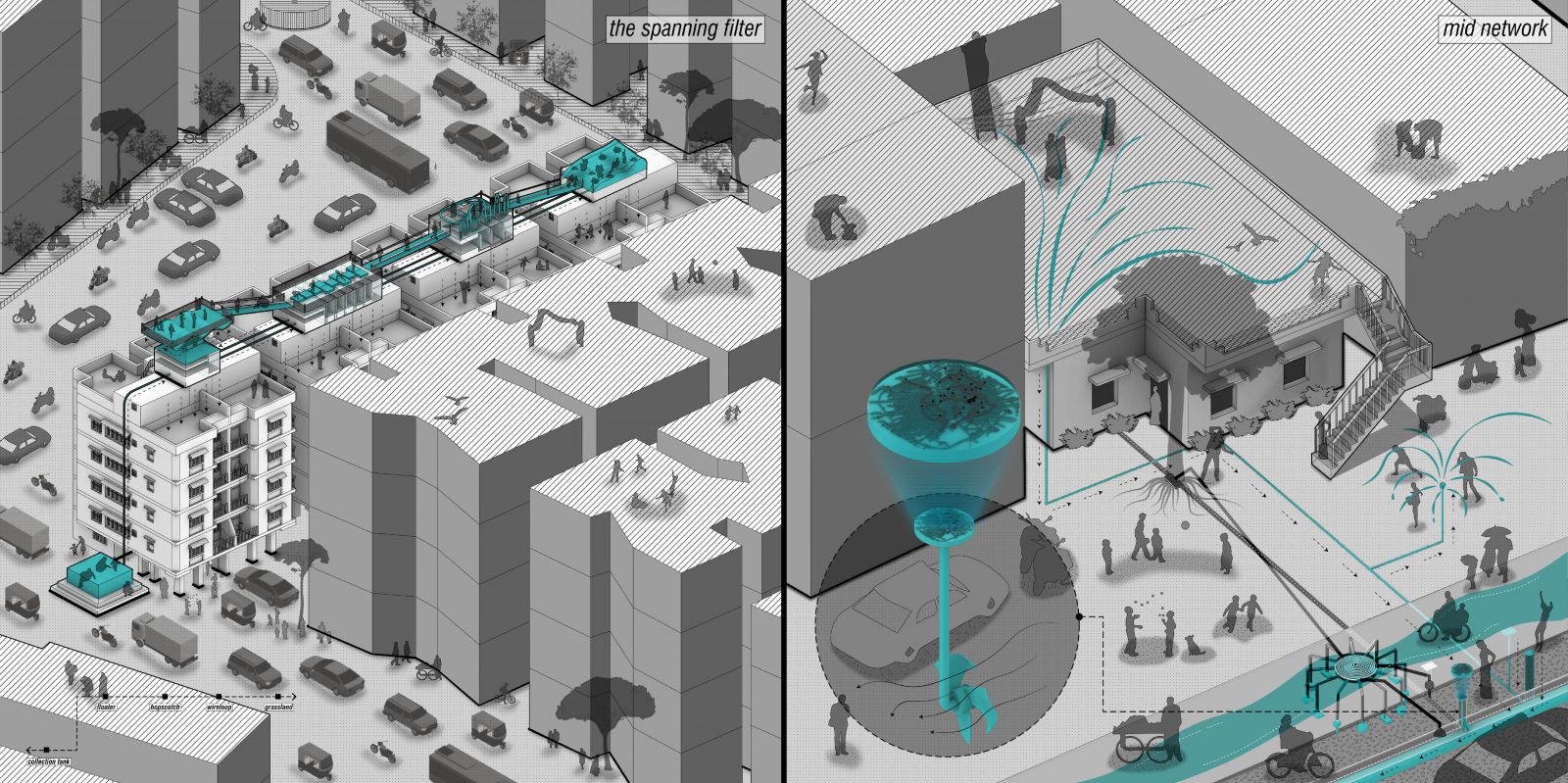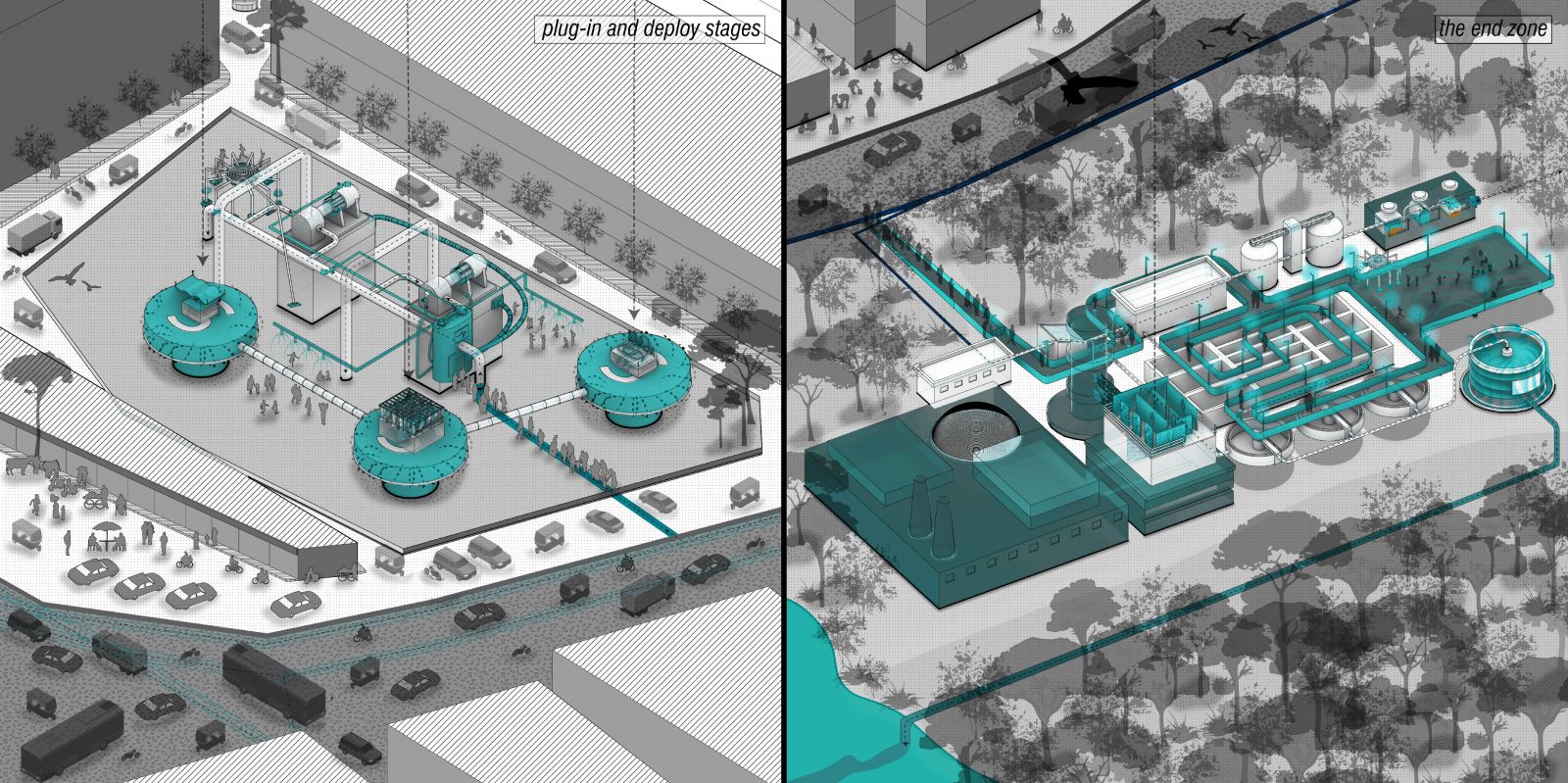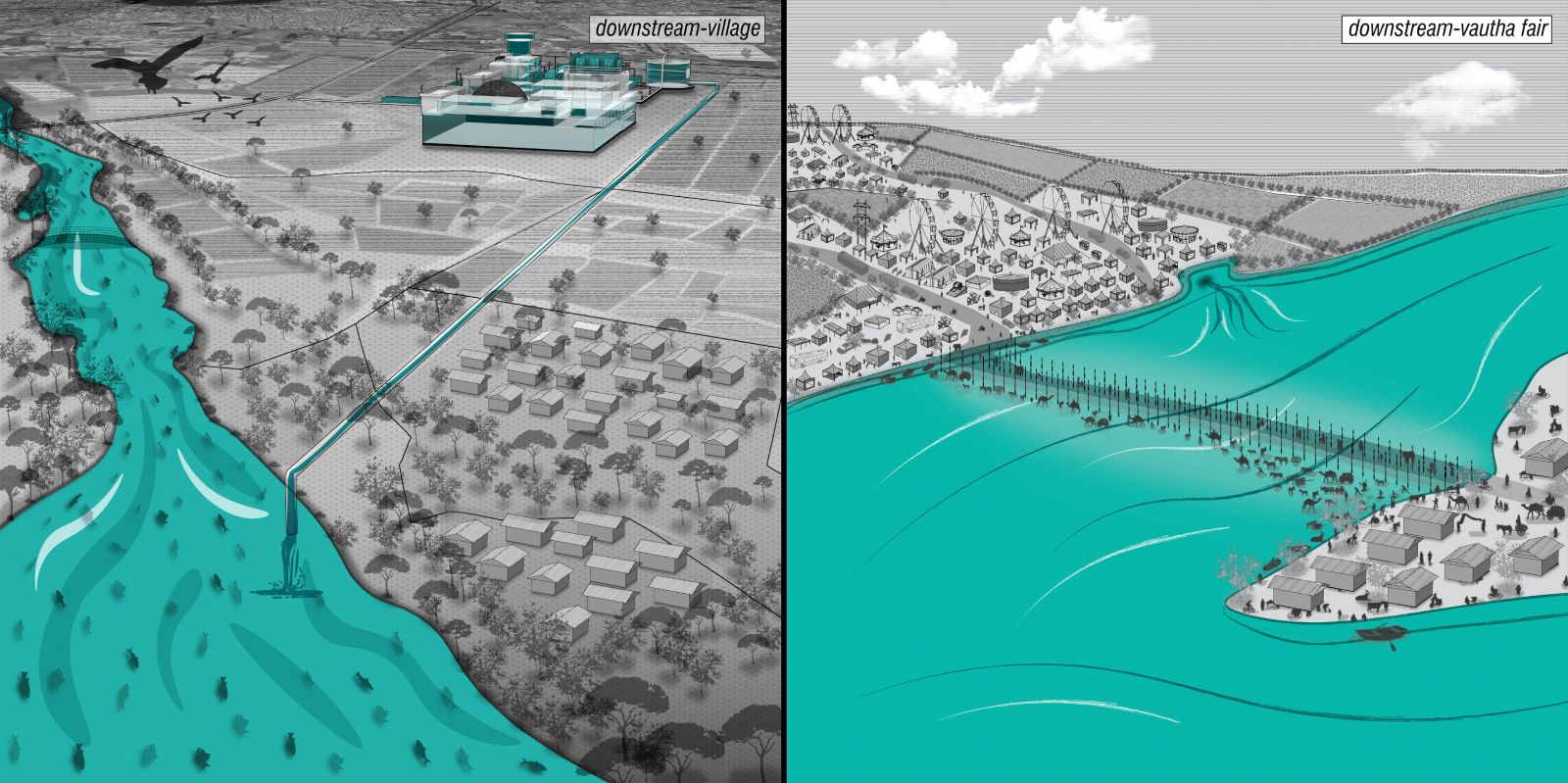Your browser is out-of-date!
For a richer surfing experience on our website, please update your browser. Update my browser now!
For a richer surfing experience on our website, please update your browser. Update my browser now!
“Of more than 5000 million litres per day of sewage water that is generated in Gujarat, less than 50 mld is treated and reused. This means that Gujarat which is currently battling acute water scarcity reuses hardly 1% of the sewage it generates.” Ahmedabad, its commercial capital is one of the cities cited as water-stressed. It receives approximately 1485 mld water daily, out of which 80% gets converted into sewage water. Figuratively speaking, the city lets go of 1188 mld daily. A figure that could potentially change consumption patterns particularly in times where the climate is uncertain. Untapped is about taking a closer look at this figure. It is a project that speculates on the cities relationship with the wastewater it generates. The speculation begins at the Amraiwadi ward. Working with its system of scales, the speculation deploys contextual inserts to reuse the wastewater generated, ensure easy flow of waste, and absorb emergency shocks. The network works not only to deal with waste but also celebrates its conversion into water that is recycled and reused back into the system.
View Additional Work